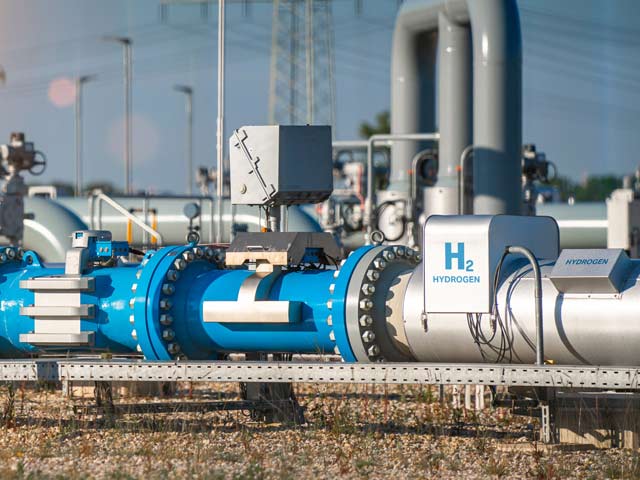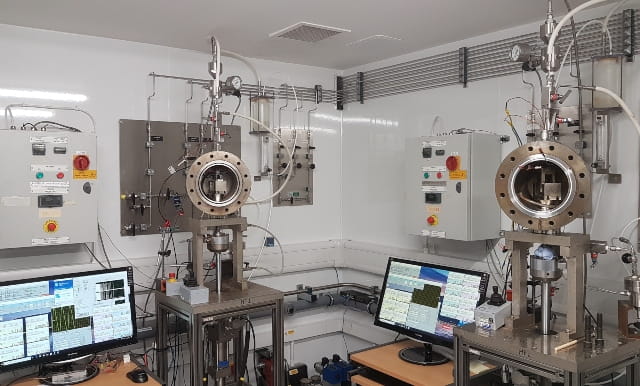Element performs testing according to ASME B31.12, the most comprehensive standard currently available for designing steel piping systems that carry gaseous hydrogen.
With the growing demand for hydrogen as a source of energy, the need for setting up new transportation infrastructure is rising across the globe. At the same time, existing infrastructure for carrying natural gas is examined for possible upgrades to transport hydrogen blends. The aim is to determine the temperature, pressure, volume, and flow speed that allow pipelines to operate safely.
The prime consideration for hydrogen pipeline design is Hydrogen Embrittlement (HE) as free hydrogen atoms permeating into metallic materials can decrease the material’s ductility and toughness, subsequently making it susceptible to crack growth and fatigue.
The scope of ASME B31.12 testing
Transporting pressurized hydrogen through steel pipelines has been common practice for decades in various industries such as chemical processing.
A preliminary analysis has revealed gaps between the current piping and pipeline codes and standards and their applicability to hydrogen infrastructure projects. In response, a dedicated Project Team at ASME was established to develop a comprehensive B31.12 Code specifically for hydrogen piping and pipelines. The code comprises several sections, including General Requirements and Industrial Piping, as well as Pipelines, which encompass distribution systems. These sections are tailored to address the unique considerations associated with hydrogen systems.
Notably, the code incorporates fracture mechanics testing and material performance factors that account for the potential detrimental impact of hydrogen gas on the mechanical properties of carbon and low-alloy steels operating within the hydrogen embrittlement range. ASME B31.12 mandates that the pipe and its associated weld material must demonstrate sufficient resistance to fracture when exposed to hydrogen gas. The qualification process involves following the test method specified in ASME BPVC Sec VIII: Division 3- Article KD-1040, which in turn refers to ASTM E1681. This standard recommends the use of a constant displacement fracture mechanics test method, which is a cost-effective and relatively straightforward option for qualifying hydrogen transportation pipelines. As a result, it has become a preferred choice in the industry for qualification testing purposes.
Additionally, the Code introduces rules for the conversion or retrofitting of existing pipeline and distribution systems, allowing for the transition from natural gas or petroleum to hydrogen service.
The Element advantage
Element’s team of experts possesses extensive knowledge of the code content and demonstrated expertise in the field. With their profound understanding, they are adept at navigating through the requirements and conducting thorough assessments of Hydrogen Pipelines according to the ASME B31.12, ASME BPVC Sec VIII: Division 3- Article KD-1040, and ASTM E1681 standards.
For more information about our pipeline testing services or to speak with an expert, contact us today.
White Paper: Fracture Mechanics Testing
The white paper provides an understanding of the different test methods and sample geometries used to determine fracture toughness.
Read MoreFracture Mechanics in the Environment (in-situ)
Learn more about the detrimental effect of Cathodic Protection, CO2, and H2S or other environmental parameters on fracture toughness of carbon steel pipe material.
Read MoreFracture Mechanics in Sour Service: Some Characterization Tests on SENT and SENB Specimen
This article provides better understanding of how the SENT test technique influences fracture toughness of pipelines in sour service environments.
Read MoreMore about Element
Learn more about our testing capabilities for pipelines and piping systems for the energy sector
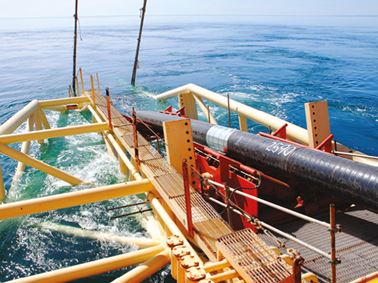
Energy Coatings Testing
We offer world-class materials expertise in polymers, elastomers, thermoplastics, composites and structural adhesives.
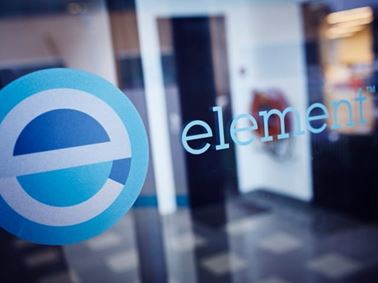
Full and small scale pipe testing
Element’s pipe testing services encompass a range of capabilities to assess acceptable flaw sizes and material properties,
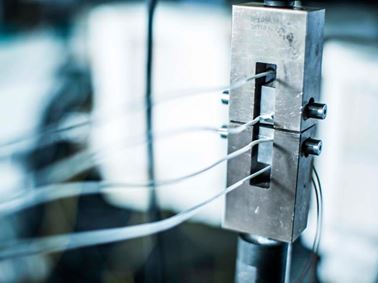
Fracture Toughness Testing
Element provides fracture toughness testing for determining material characteristics and longevity of metallic, nonmetallic, and advanced materials.
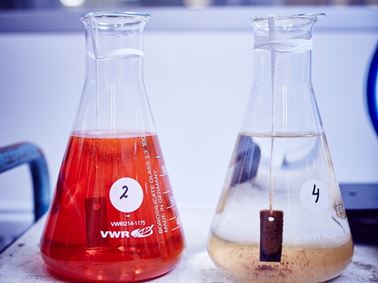
Corrosion Testing Services
Find out about Elements extensive corrosion testing expertise in the Energy industry across a global network of laboratories.
